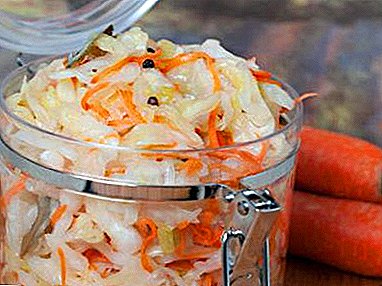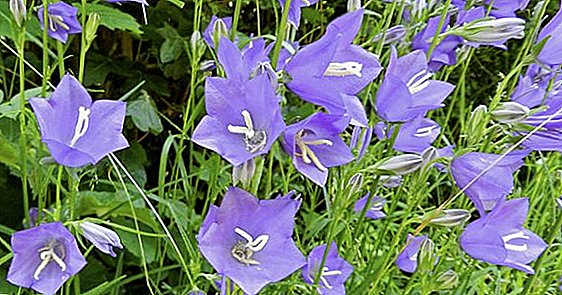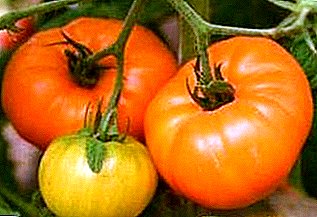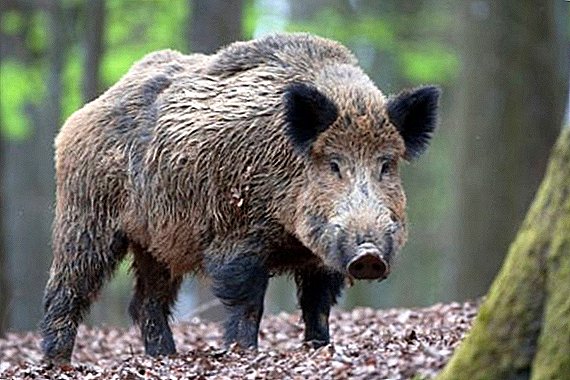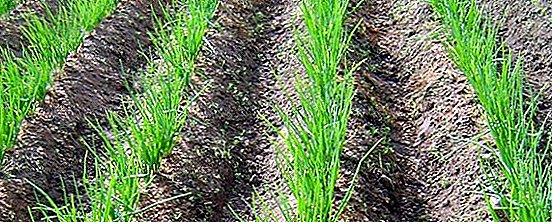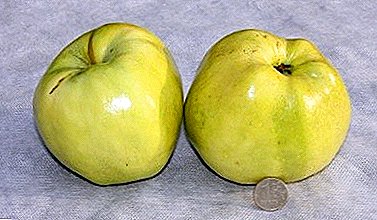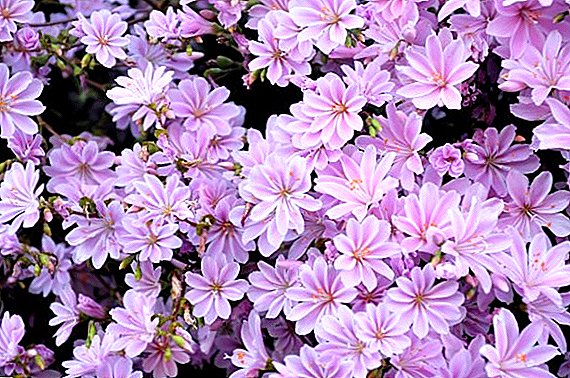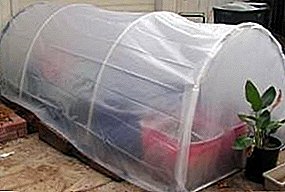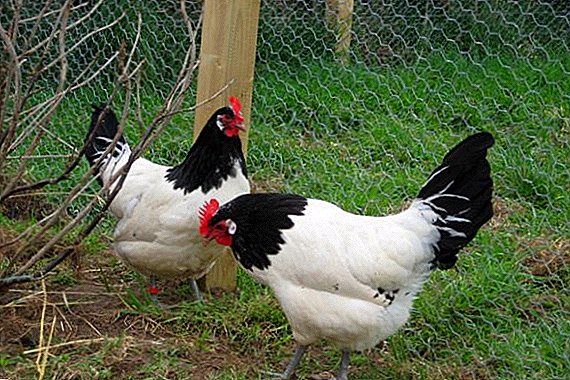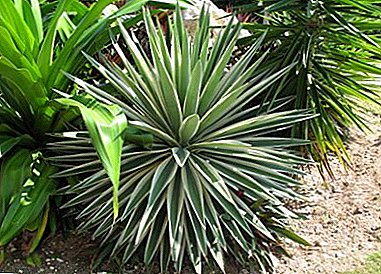
Yucca Aloelis - one of the many species of yucca hailing from the Pacific coast of America. From Northern California to Mexico, where Yucca grows along the entire coastline, even on sand dunes and shell beaches.
it unpretentious plant acclimatized and cultivated well throughout the southern states, as well as in Argentina, Uruguay, Pakistan and Italy.
general description
It is an evergreen plant with dense dark green leaves, shaped like a blade.
Like its congeners, the aloelist yucca is false palm. The young plant has the form of a round bush, but when the leaves die off, a vertical trunk, resembling a palm one, is formed. In a favorable climate, it can grow up to 6 meters in height, while the diameter of the trunk reaches 13 cm.
In the mild climate is able to winter in the open maintaining small frosts. Florists middle stripe often grow it for decoration of spacious premises.
A photo
Yucca aloelista: a photo of an evergreen plant.
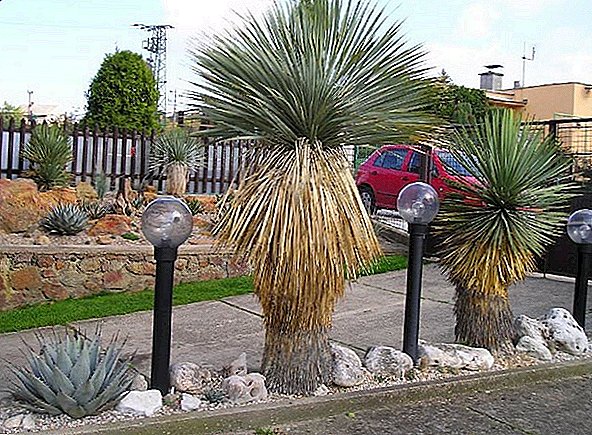
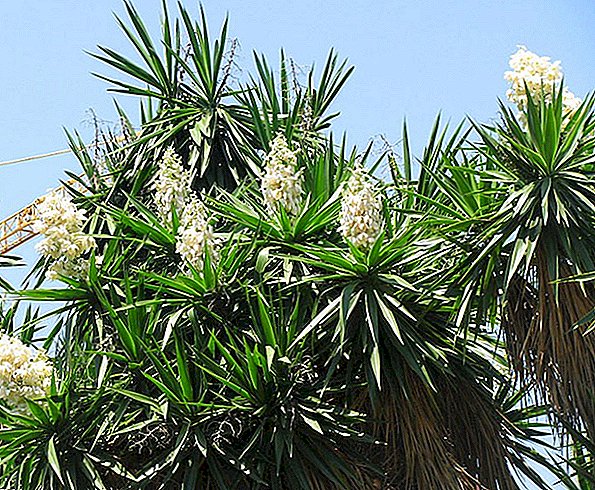
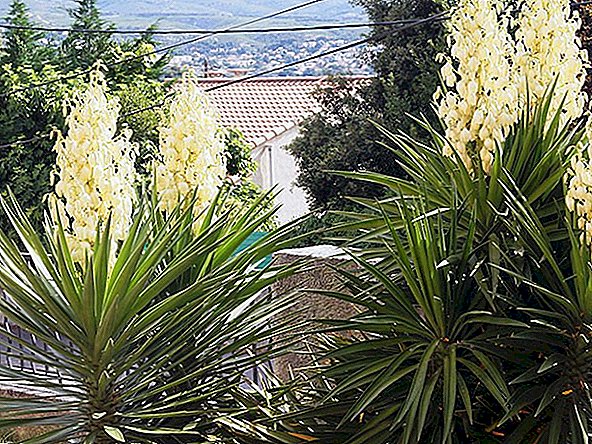
Home care
Like other representatives of this species does not require complex care.
After the purchase
Immediately after the purchase you need rate potIn which grows yucca. If it is too small or unstable, then the plant needs to be transplanted. Transplantation is also needed if yucca was grown in pure peat.
Lighting
Yucca prefers lit placebut can grow in partial shade. The ideal place would be the south or west balcony. The eastern side is suitable if it is illuminated by the sun at least three to four hours a day.
It is better to cover young plants from direct rays to prevent burns.
Temperature
Optimum summer temperature - from 20 to 25 ° С.
In winter it is better to keep the covered yucca in a cool room with a temperature of about 10 ° C, but you can leave it to winter at room temperature. Regardless of the way wintering need to protect the plant from rapid cooling and cold drafts.
Air humidity
Yucca aloelista - drought resistant plant, quietly tolerating low humidity. Spraying is not required, but will not be harmful if water does not get into the rosette of leaves. Do not spray the yucca under the bright sun, it can cause burns on the leaves.
Watering
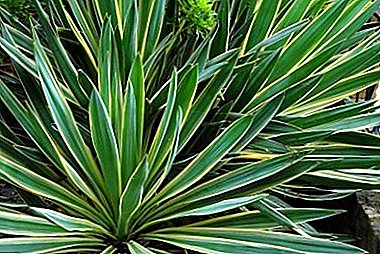 When the air temperature is above 18 ° C, the yucca is watered after drying the soil by about 5 cm.
When the air temperature is above 18 ° C, the yucca is watered after drying the soil by about 5 cm.
Need to water copiously, but excess water should immediately flow out of the pot and not stagnate. Preferably use separated water at room temperature.
Yucca tolerates moisture deficiency better than its excess. In the summer it is better to water it every 5-7 days, in the cold season - less.
Water should not fall on the barrelThis may cause the root part to rot.
Fertilizer
For feeding You can use ready-made mineral fertilizers in a weaker dilution than described in the instructions. Fertilizer should be applied by spraying the bottom of the leaves. You need to feed only in the period of active growth (from April to August). Do not fertilize a diseased or just transplanted plant.
Transfer
Yucca transplanted as they growusually no more than once every 2-4 years. The need for transplantation is signaled by the roots, completely entwining the earthen room. It is not demanding to the soil and does not suffer even in conditions of high salinity, but a neutral soil made of sand, turf and leafy land mixed in equal parts would be an ideal choice.
Replant the plant you need preserving earthy coma (transshipment). If the roots are affected by rotting from excessive irrigation, then they should be cleaned from the ground and the affected parts removed.
Landing
Primary landing no different from transplant. For Yucca aloelista steady steady pot. At the bottom of the need to fill a thick layer of expanded clay or gravel.
In one pot, you can plant several plants of different heights, if you want to give a large decorative effect.
Bloom
For flowering need a long cold winteringwhen flower buds are laid. Wintering plants in the room do not bloom. Overflowed in more severe conditions, the yucca throws out a high arrow and blooms with large white flowers resembling bells.
Fruit
Unlike some species of yucca, which are pollinated only under natural conditions by special butterflies, yucca aloelis able to bear fruit thanks pollination with other insects and self-pollination. The fruit is a purple box with a diameter of 5 cm with black seeds.
Breeding
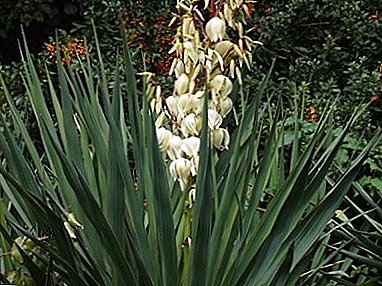 Yucca can be propagated both seeds and vegetatively.
Yucca can be propagated both seeds and vegetatively.
Solid scratch the seed coat before germination, it will help sprout to break faster. Seeds need to be deepened into the ground by 2-3 cm and placed under glass or film in a warm (25-30 ° C), well-lit place.
The first 10 days of the soil should be wet. Glass should be regularly cleaned of condensate.
Seedlings dive after the formation of a pair of leaves. After a week, you can feed them with a solution of 1 g of nitrophoska per liter of water, then repeat after another two weeks.
The soil for seedlings can be used the same as for adult plants.
The cutting is best done in spring, before the growing season. The root is rooted in wet sand, deepening by 3-4 cm. The appearance of the roots usually takes about a month in conditions similar to those needed for germinating seeds. In the same way, you can get the roots on the cut off top or parts of the trunk with a length of 10 cm.
Diseases and pests
With proper care, yucca is immune to diseases. Due to over-irrigation, it is often affected by a variety of bacterial and fungal rot, brown spot. A diseased plant needs remove affected leaves and restore temperature and humidity acceptable for yucca. If the root system is not damaged, then over time it will regain its former appearance.
On a weakened plant pests can attack: spider mite, scale insects and aphids. To fight insects you need with the help of insecticides, applying them according to the instructions.
Leaves live for several years, then turn yellow and die. If yellowing affects only the lower, oldest leaves, then it is not necessary to fight it - this is a natural process.
Yellow leaveson the contrary, evidence of low light and too high temperature.
Yucca aloelista - a good choice of ornamental plants for an apartment or office. It calmly transports dry air in rooms with central heating and easily survives long weekends and holidays. In a warm and bright place Yucca will delight you with its greenery for many years.


